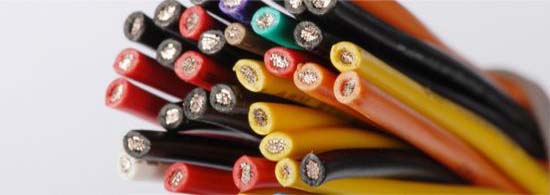Elastomers are used in a number of applications and industries. The resilience of these rubber materials make them suitable for designing seals and other flexible and formable products that are used in medical and industrial environments. With so many elastomer products to choose from, it becomes difficult to figure out which of them is better than the other? Considering the elastomer market of today, designers and engineers can choose from a wide range of the product. But, if the properties of these materials are not properly understood, choosing the right product becomes a challenge. Here are five reasons why silicone is a better alternative compared to ordinary elastomers:

1. Silicone is Fire-Resistant
Silicone is fire-resistant, and is used in environments where combustibility is a major concern. If you take the consumer electronics industry, for instance, you will need to use materials that have the ability to self extinguish very fast. This is the reason silicone is used for joining components in small electronic appliances and computers. Silicone is also commonly found in food carts, commercial ovens, automobile industry, or other sectors where high temperature conditions can be a problem.
2. Resistivity to Environmental Conditions
Silicone elastomers are highly retardant to environmental conditions. This makes it an excellent material for outdoor sealing applications that are susceptible to external elements. It has the ability to withstand ultraviolet (UV) and ozone stresses, allowing the elastomer to retain its unique properties and prevent deterioration. Silicone is also resistant to sleet, rain, frost, and snow, ensuring effective protection to electrical enclosures that are installed outside.
3. Temperature
Silicone is known for its outstanding resistivity to extreme temperatures, and this is one of the many reasons why it’s preferred to other elastomers. Unlike ordinary rubber products, silicone doesn’t become brittle or lose resilience and flexibility in cold temperature conditions. It also prevents damage at higher temperatures. Most manufacturers assert that silicone can withstand maximum temperatures of 572 degrees Fahrenheit. This may seem impressive, but an elastomer exposed to such constant temperature may last for a couple of minutes, and the fact may not always be reflected on a manufacturer’s datasheet. High-quality silicone elastomers that have the power to resist consistent temperatures of 446 degrees Fahrenheit, and in most of the situations, are suitable for high temperature applications. Silicone is also known to withstand 518 degrees Fahrenheit.
4. Lower Compression Set
One of the greatest benefits of using silicone rubber is its low compression set. Now, what does that mean? Even if silicone (and especially sponge) is subjected to compression for a longer period of time, the material reverses and retains its original form and shape. In other words, there is no deformity. As far as low compression set is concerned, it’s normally associated with gasket or seal applications that are frequently compressed. A case in point is an enclosure or a door that is opened and shut quite frequently and hence must have a quality gasket or seal application in place. The moment the enclosure is opened, the seal must reverse to its original form without getting damaged or deformed.
5. Durability and Permeability
Silicone’s permeable properties make it an ideal choice for the medical equipment industry. Again, for the material’s durability, it is used in many medical applications, drug delivery systems, implants and wearable equipment or devices.
Silicone elastomer products provide a host of advantages, making it the ideal choice for your applications. Whether you are looking for seals, gaskets, o-rings or implants, it’s a versatile material meeting diverse needs. These are only a few benefits that it fetches to applications when ordinary elastomers fail. The material prevents and solves many sealing problems. Choose the right elastomer product to improve your seal’s durability, and also to lessen the cost of replacement.



